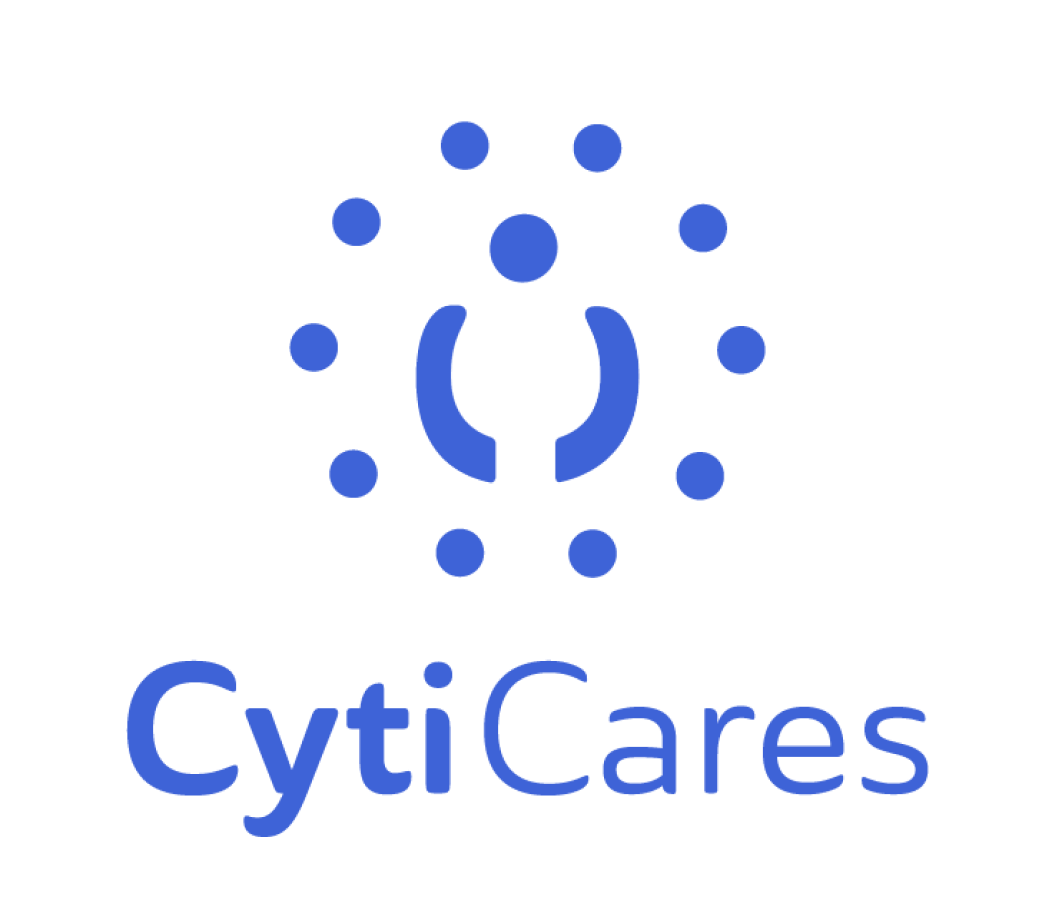Dialectical Behavior Therapy (DBT) is a type of cognitive behavioral therapy that was originally developed to treat borderline personality disorder (BPD). However, it has since been adapted to treat a variety of mental health conditions, including eating disorders, substance use disorders, and post-traumatic stress disorder (PTSD). DBT is particularly effective for individuals who struggle with emotional regulation and self-destructive behaviors.
Skills training
DBT works by teaching individuals how to live in the moment, develop healthy ways to cope with stress, regulate their emotions, and improve their relationships with others[1]. It combines the seemingly opposite ideas of acceptance and change, helping individuals accept the reality of their lives and behaviors while also learning to change unhelpful behaviors.
The therapy is structured into four types of sessions: individual therapy, group skills training, phone coaching, and therapist consultation. In individual therapy, the therapist and patient work together to resolve the contradiction between self-acceptance and change. The therapist validates the individual’s actions within the context of their personal experiences, which helps the individual become more likely to cooperate and less likely to experience distress at the idea of change.
In group skills training sessions, the therapist teaches skills in a classroom-like setting. These skills aim to enhance the individual’s capabilities in day-to-day life. The four skills taught include mindfulness, distress tolerance, emotion regulation, and interpersonal effectiveness.
Effective in November
DBT can be particularly beneficial in mid-November for several reasons. First, as the year draws to a close, individuals may be dealing with increased stress and emotional upheaval due to various factors such as the upcoming holiday season, end-of-year deadlines, or reflections on the year’s events. DBT’s focus on emotional regulation and stress management can be particularly helpful during this time.
Second, mid-November falls within the transition from fall to winter, a time when many people experience changes in mood and energy levels. While this answer is not addressing Seasonal Affective Disorder (SAD), it’s worth noting that many people may still experience subclinical changes in mood and behavior due to the changing seasons. DBT’s emphasis on mindfulness and living in the moment can help individuals navigate these changes more effectively.
Finally, research has shown that DBT can be effective even in shorter durations. A study found that 6 months of DBT was noninferior to 12 months of DBT in terms of clinical effectiveness. This means that starting DBT in mid-November could potentially yield significant benefits by May of the following year.
In conclusion, DBT is a versatile and effective form of therapy that can be particularly beneficial in mid-November due to its focus on emotional regulation, stress management, and mindfulness. However, it’s important to note that the effectiveness of DBT can vary from person to person, and it’s always best to consult with a mental health professional to determine the most appropriate form of therapy for your individual needs.








